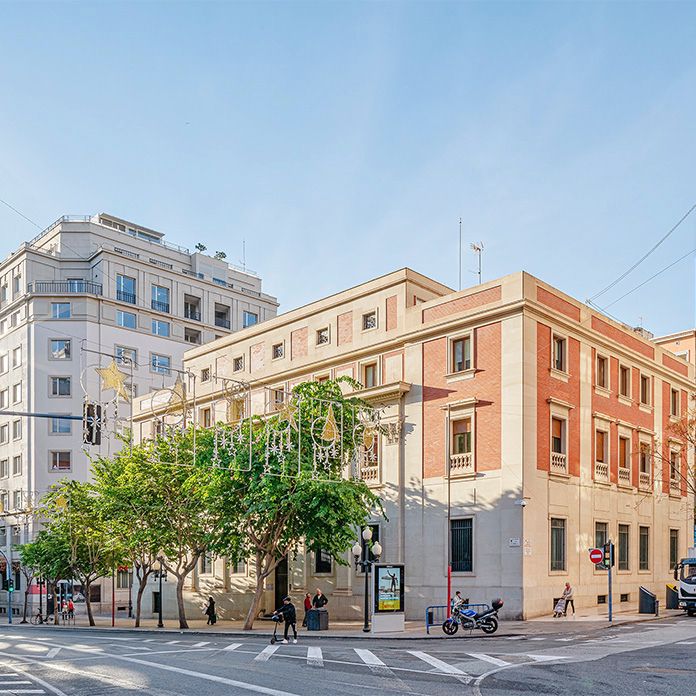
The sale of an apartment in Spain, on which there is a mortgage, requires following a number of specific procedures and taking into account various aspects for both the seller and the buyer. In this article, we will look at how the process is carried out, what steps need to be taken and what nuances should be considered.
The sales process for the seller
1. *Mortgage Balance Estimate*: First of all, the seller needs to know the exact amount of the remaining mortgage balance owed. This can be done by requesting an up-to-date balance owed from the bank.
2. *Communicating with the bank: The seller should notify their bank of their intent to sell the property. The bank will provide information on the necessary procedure for repayment of the outstanding balance and issue the necessary documents to prove the remaining debt.
3. *Finding a Buyer*: As with any real estate sale, the seller is looking for a buyer who will be willing to purchase the condo. At this stage, it is important to honestly notify potential buyers of the existence of a mortgage.
4. *Signing a preliminary contract*: After finding a buyer, the parties sign a preliminary contract (contrato de arras). This contract specifies the basic terms of the deal, including the amount of the deposit that the buyer pays to the seller. The deposit is usually around 10% of the value of the property.
5. *Conclusion of the final contract and repayment of the mortgage*: At the time of the final contract of sale (escritura pública), which is signed at the notary’s office, the buyer transfers the remaining amount to the seller’s account or directly to the bank to pay off the mortgage. The notary certifies that the mortgage has been paid off and formalizes the transfer of ownership of the apartment to the buyer.
The buying process for the customer
1. *Real Estate Verification: It is important for the buyer to do a thorough check on the condition of the property and any encumbrances, including mortgages. This can be done through the Real Estate Registry extract (Nota Simple), which shows all current encumbrances on the property.
2. *Seller Negotiations*: After inspection, the buyer enters into negotiations with the seller, discussing the terms of the transaction and considering the availability of a mortgage.
3. *Signing the preliminary contract*: The buyer signs a preliminary contract and puts down a deposit, which confirms that the buyer is serious. The contract may also stipulate how the mortgage will be repaid.
4. *Get a mortgage (if necessary)*: If a buyer needs a mortgage to purchase a condo, they must get approval for a loan from their bank. The buyer’s bank may work with the seller’s bank to coordinate the repayment of the old mortgage and the execution of the new mortgage.
5. *Signing the final contract*: On the appointed day, the buyer and seller meet at the notary’s office to sign the final contract of sale. The buyer transfers the remaining amount to pay off the mortgage and the notary certifies the transaction.
Nuances and tips
– *Professional Services: Both parties to the transaction should consider hiring a lawyer or realtor to help conduct the transaction correctly and avoid potential legal problems.
– *Transaction Costs*: Buyer and seller should consider various costs associated with the sale and purchase of real estate, including notary fees, taxes, legal fees, and possible penalties for early repayment of the mortgage.
– *Agreement of deadlines: It is important to carefully negotiate timelines between the buyer, seller and banks so that the process goes smoothly and without delays.
The sale of an apartment with a mortgage in Spain requires good coordination and awareness on both sides of all the nuances of the process. By following the correct procedure and with the support of professionals, it is possible to successfully complete the transaction and move on to the next stage of life.
Contact Broadway Consulting and we’ll help you sell or buy a condo with a mortgage with no hassle!

